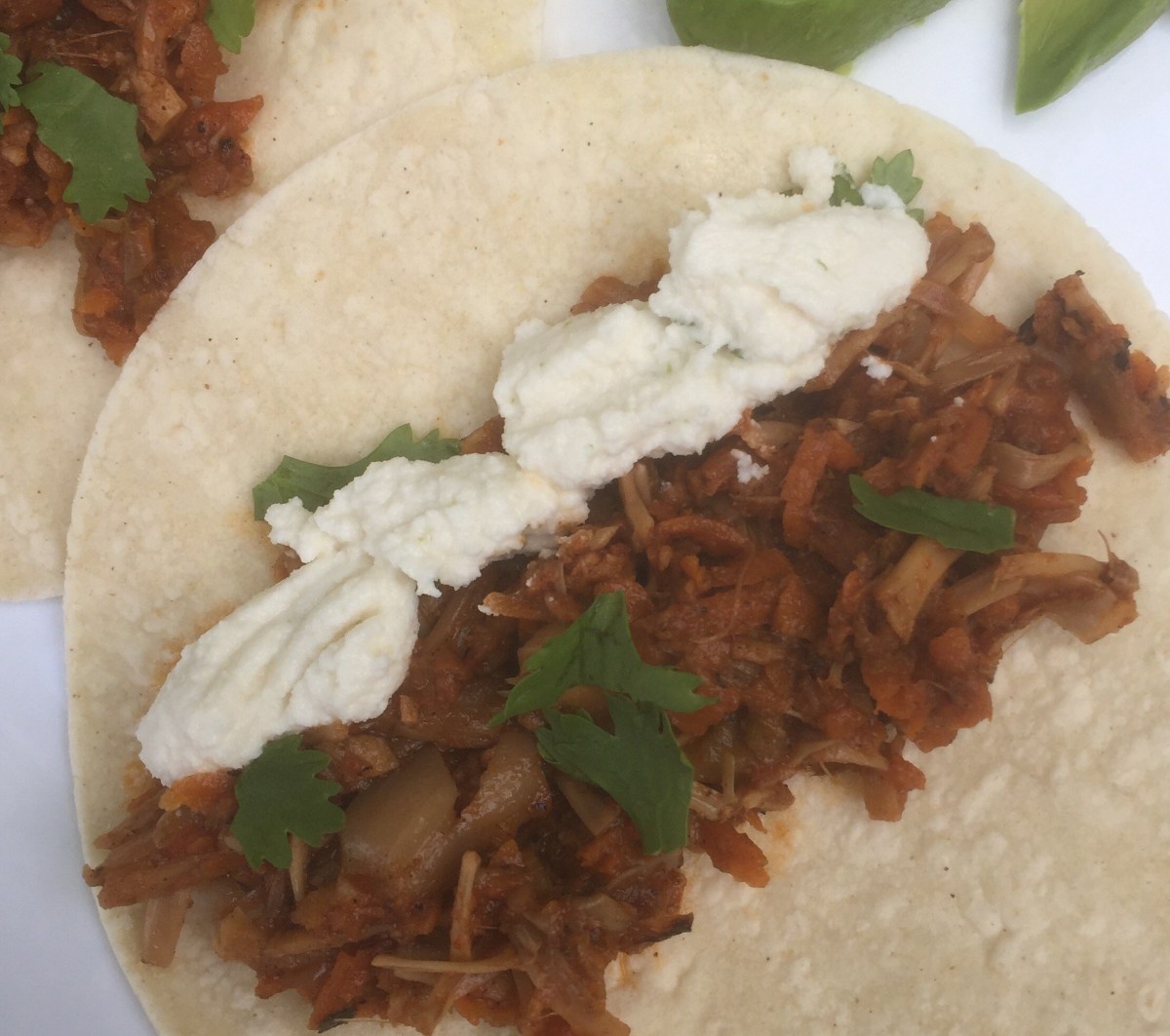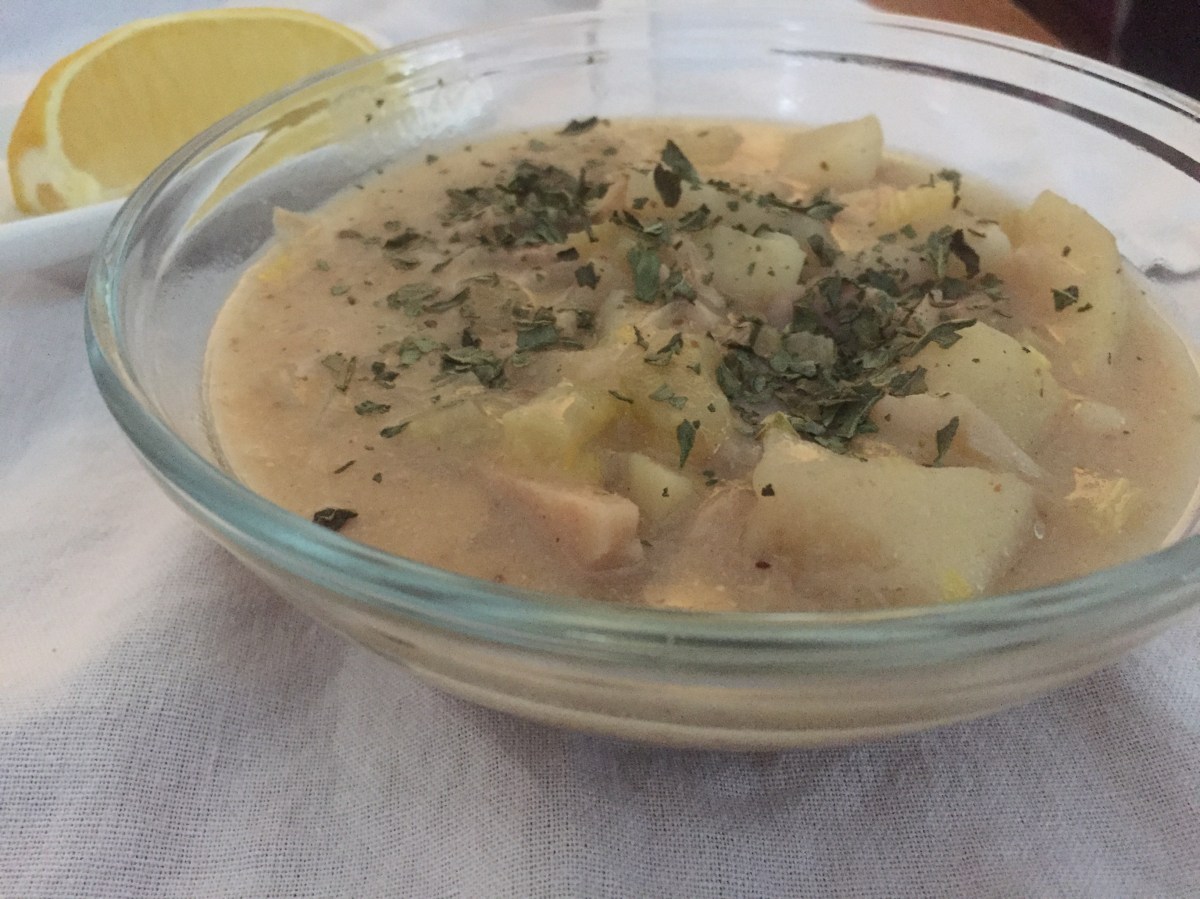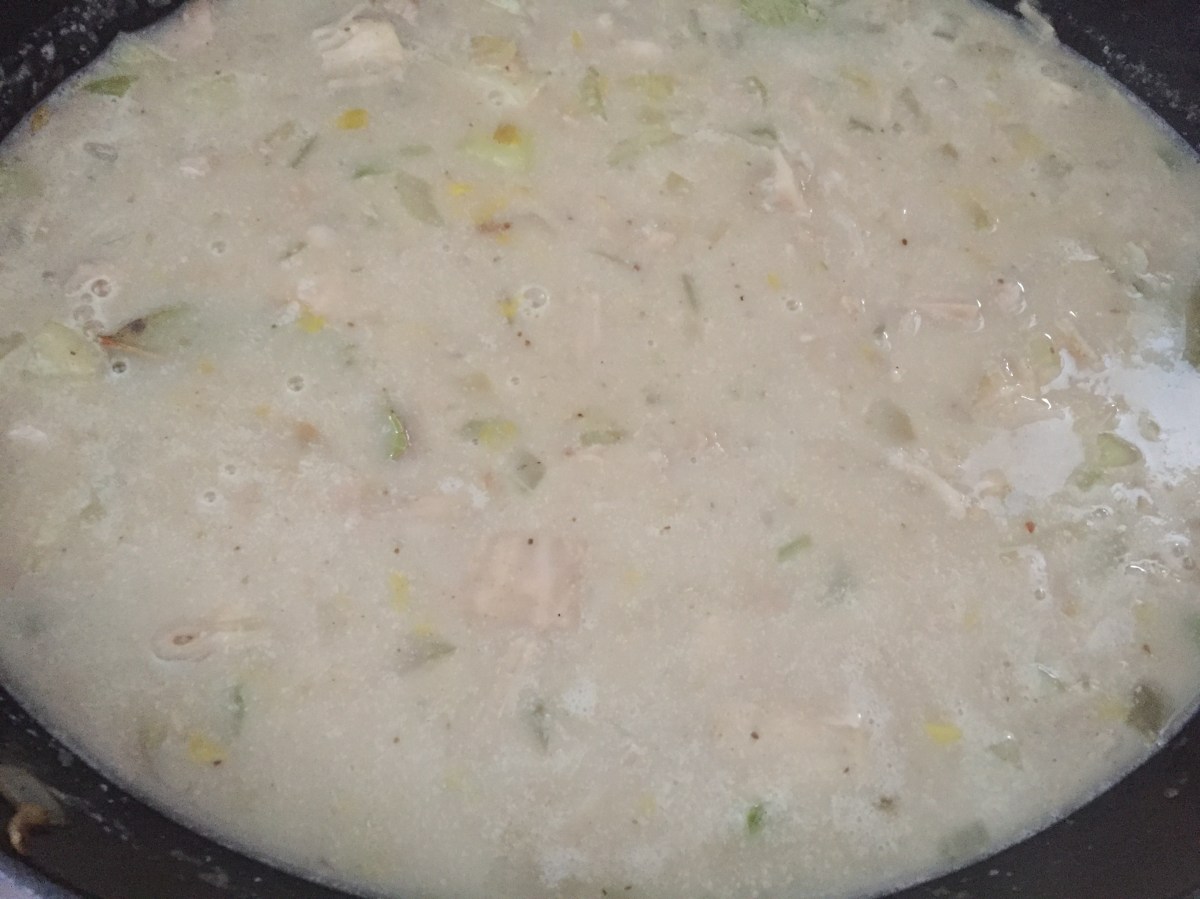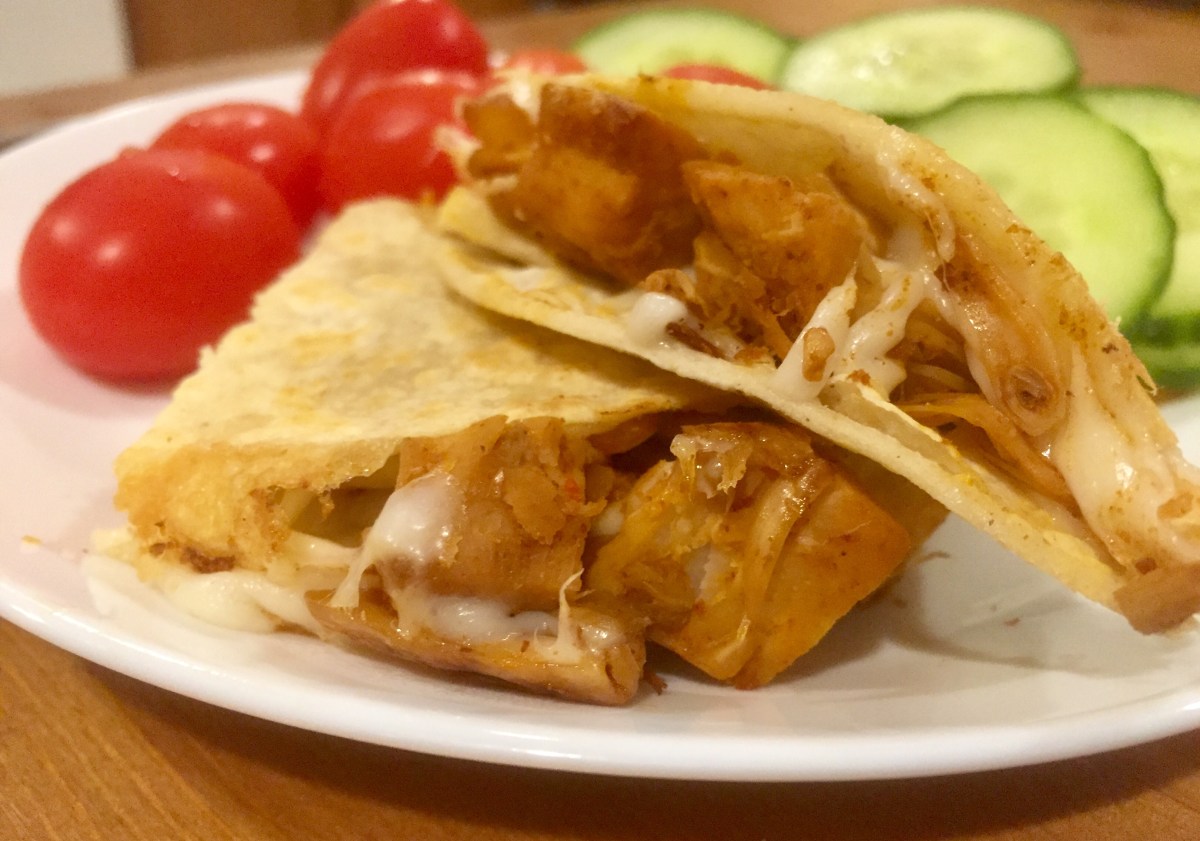
If you Google “Pork and Beans” the first thing that pops up is the Weezer‘s music video for their “Pork and Beans” hit made more than ten years ago. Armed with YouTube celebrities of the day and a pile of erupting Diet Coke + mentos experiments, it is a site to behold!
This, on the other hand, is a story of actual pork and beans, well not the actual pork part of it, but the vegan version that works. But, the final dish is a real team effort as was the crazy Weezer’s video. What do I mean by that? Well, none of the ingredients below would work on their own to re-created deep flavors of smoked meat. Put them together (and treat them right!) and they will deliver.
The base for this concoction are onions, carrots, and celery, which you will need to chop and slice relatively finely, then let caramelize, and even burn, over medium-high heat until cooked. And when I say burn, I mean burn – you definitely don’t want to end up with a black mess but I want you to let some of your base vegetables get a bit black. The char will help the sauce get it’s final deep flavor. The best way to accomplish this is to stop mixing the veggies towards the end and let some of them stick to the bottom of either the Dutch oven, or a large cast iron pan – I recommend using either one of those here.
Additional things that will help the flavor are liquid smoke and/or mesquite powder and chipotle chiles in adobo sauce. There is lots of heat in the chilis so unless you are a real lover of hot food, I recommend you go easy and you use only the sauce. You can store the leftover chilis and the sauce in the air tight container in the fridge for a month and use in other dishes. If you don’t have any of these on hand, some smoked paprika and chili powder will probably work – I have not tried this substitution but I’m guessing you’ll be fine.
You will also need plenty of beans, and although I used red kidney beans you can use any variety of beans you have on hand, except maybe butter beans as they are huge and your final texture will probably be a bit weird. You can used canned beans or, as I did here, start from dry beans, which I soaked overnight, and cooked in a pressure cooker.
You will also need jackfruit, and if you are unfamiliar with that ingredient you should probably get to know it. Jackfruit is this magnificent beast of a fruit that’s huge and looks really unwieldy – so I stay away from getting it raw and buy canned young (green) jackfruit in brine. This type of jackfruit can be used for many savory dishes and I love it in vegan versions of crab cakes, clam chowder, stews, barbacoa, and pulled pork. What makes jackfruit perfect for dishes like these is it’s appearance more than anything else – when pulled apart, it looks like shredded meat or lumps of crab.
Vegan Smokey Shredded Pork and Beans
What you’ll need:
- 1 onion, finely chopped
- 2 cups carrots, finely chopped
- 6 stalks celery, finely chopped
- 6 cloves garlic, thinly sliced
- 1-2 tablespoons chipotle chiles in adobo sauce (I prefer to use just the sauce)
- 1 tablespoon mesquite powder and/or liquid smoke
- 1 can (6 oz, 170g) tomato paste
- 3-4 cups mushroom stock (store bought or homemade)
- 1 lbs (450 g) dry red kidney beans, fully cooked or 2 29 oz. (822g) canned beans, divided
- 2 cans green (young) jackfruit in brine
- Cooking spray
What you’ll do:
- Spray the Dutch oven (or any other heavy and deep pot you are using) with a good amount of cooking spray – enough to cover the bottom and the sides. Place over medium high to high heat, add chopped onions, carrots, celery and garlic. Mix well and cook for about 10-12 minutes. You want the vegetables to be fully browned, even slightly burned, so you don’t need to stir very frequently but you do need to keep an eye on them so they don’t become a burnt mess!
- Add the next three ingredients (adobo sauce, tomato paste and liquid smoke or mesquite powder), stir well, and cook for another 1-2 minutes.
- Add a cup of mushroom stock to deglaze the bottom. You want to make sure that you loosen all the flavorful bits and pieces that have been stuck to the bottom of the Dutch oven. If you need more that 1 cup of the stock to deglaze the bottom, add more! Once you are done deglazing, turn the heat off.
- Caution – you will be working with hot ingredients so be careful! Add 2 cups of mushroom stock into the blender, then spoon your hot ingredients in, and add 2 cups of cooked beans. Cover the blender, and blend until smooth. If you don’t have large enough blender to do this all at once, blend in batches. If you have a stick blender, you can transfer everything into a large bowl and blend with the stick blender. Set the blended sauce aside.
- Prepare the jackfruit by draining the cans into a strainer and rinsing the brine of under some cold water. Shake the access water off and pat dry if needed. Pull the jackfruit apart, discarding any very tough core pieces (there will likely be a few of those and if you can’t get your fingers through it means it’s best to get rid of them as they will be hard to chew).
- Spray the Dutch over with more cooking spray, bring back to high heat and add the pulled apart jackfruit pieces. Let the jackfruit burn a bit before stirring. You want pieces to get browned and slightly charred on at least one side. This can take 5-10 minutes.
- Add the rest of the beans, and mix well. Cook for another 2-3 minutes, then add the sauce and mix well. Lower the heat down and simmer for an additional 10 minutes or so with the lid on.
- Serve over rise, couscous, as a burrito, or as a taco. Enjoy with a wedge of lime, chopped avocado or with a scoop of sour cream.
Copyright © Eat the Vegan Rainbow, 2019












































